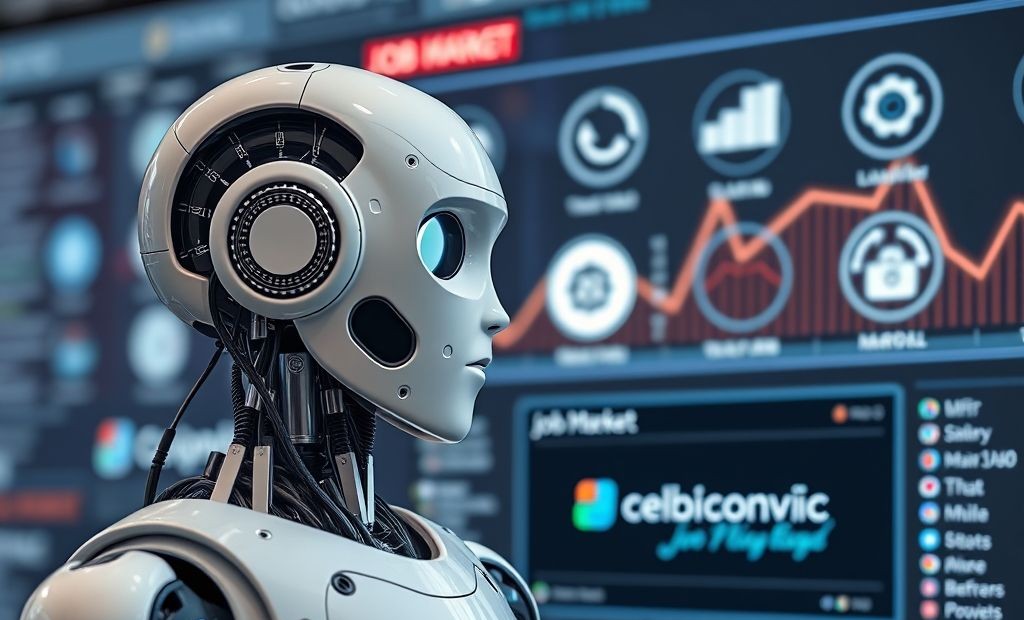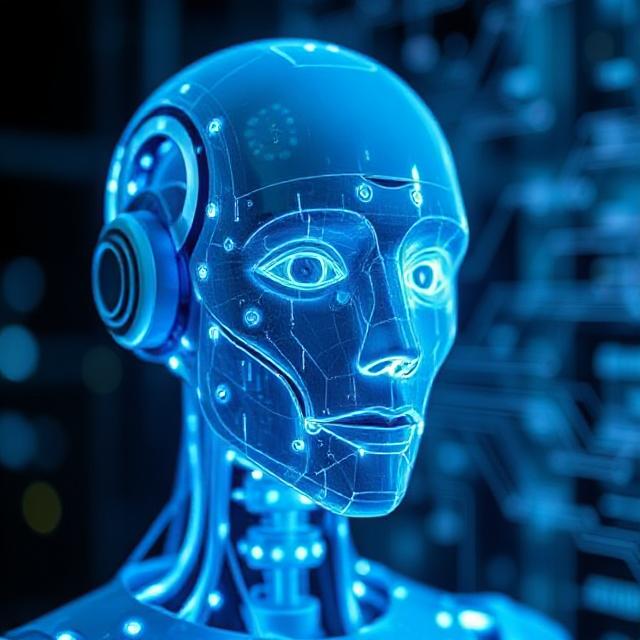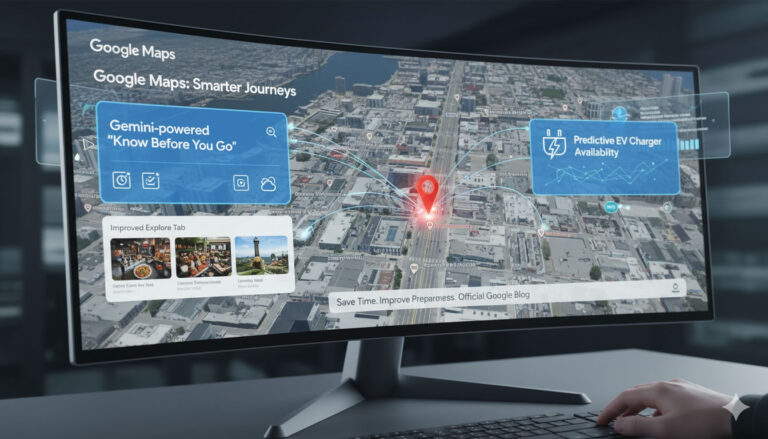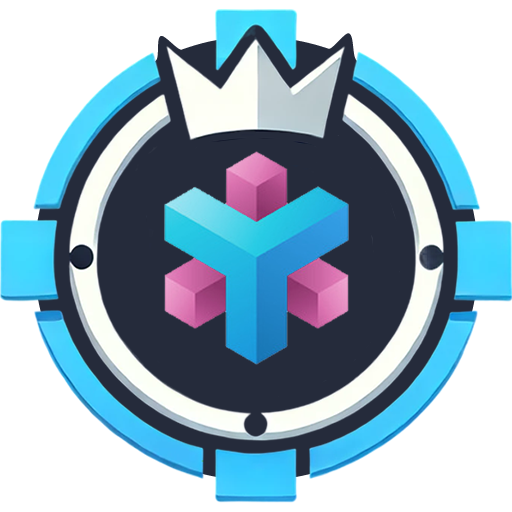AI Job Prediction: Corporate America’s New Game

AI Job Predictions: Corporate America’s New Game Artificial intelligence (AI) is rapidly changing the job market, and predicting its impact has become a competitive sport...
⏱️ Estimated reading time: 3 min
Latest News
AI Job Predictions: Corporate America’s New Game
Artificial intelligence (AI) is rapidly changing the job market, and predicting its impact has become a competitive sport in corporate America. Companies are racing to understand which jobs AI will automate, which new roles it will create, and how they can best prepare their workforce for this transformation. This new focus highlights the increasing importance of strategic workforce planning in the age of AI.
The Rise of AI-Driven Workforce Planning
Companies are increasingly tapping into AI-driven analytics to forecast workforce trends. They analyze massive datasets to spot patterns and identify skill gaps before they emerge.
Moreover, AI enables companies to personalize learning programs. Instead of generic training, employees get targeted development based on real-time skill assessments .
Furthermore, AI tools help with skill inference. For example, Johnson & Johnson uses them to map current employee skills against future needs—guiding strategic reskilling .
Importantly, only about 33% of employees received AI training last year, despite 75% of companies adopting AI—highlighting a major skills gap .
Additionally, around 77% of employers plan to prioritize upskilling and reskilling by 2030 to prepare workers to collaborate with AI systems .
Finally, McKinsey reports that while almost all companies invest in AI, only 1% consider themselves mature in AI deployment. They recommend that leaders drive bold integration and embed AI at all levels .

Key Areas of Focus
Here are some key areas where companies are concentrating their efforts regarding AI and its impact on employment:
- Automation Risk Assessment: Identifying jobs that are most vulnerable to automation using tools and platforms.
- New Role Creation: Determining the types of new roles that will emerge due to AI adoption.
- Reskilling and Upskilling Programs: Investing in training programs to equip employees with the skills needed to thrive in an AI-driven workplace. This includes initiatives focused on reskilling programs.
- Organizational Restructuring: Adapting organizational structures to optimize efficiency and collaboration in an AI-augmented environment.
Challenges and Opportunities
While the potential benefits of AI-driven workforce planning are significant, companies also face several challenges:
- Data Accuracy and Bias: Ensuring that the data used for predictions is accurate and free from bias.
- Talent Acquisition: Attracting and retaining talent with the skills needed to develop and implement AI solutions.
- Employee Acceptance: Addressing employee concerns about job displacement and fostering a culture of trust and collaboration.
Overcoming these challenges is essential for companies to fully capitalize on the opportunities presented by AI. Companies that embrace AI responsibly and ethically will be best positioned to thrive in the future of work. They are actively engaging in AI ethics discussions to mitigate potential risks.
The Future of Work is Here
The race to predict AI’s impact on jobs is not just a corporate exercise; it’s a critical step towards shaping a future of work that is both productive and equitable. By embracing AI responsibly and investing in their workforce, companies can create a future where humans and machines work together to achieve greater success.
Related Posts
Bluesky Enhances Moderation for Transparency, Better Tracking
Bluesky Updates Moderation Policies for Enhanced Transparency Bluesky, the decentralized social network aiming to compete...
December 11, 2025

Google Maps: Gemini Tips, EV Charger Predictions & More!
Google Maps Gets Smarter: Gemini Tips & EV Updates Google Maps is enhancing user experience...
December 9, 2025

Adobe Acquires Semrush in $1.9B SEO Power Play
Adobe to Acquire Semrush for $1.9 Billion Adobe announced its agreement to acquire the search...
December 1, 2025











Leave a Reply